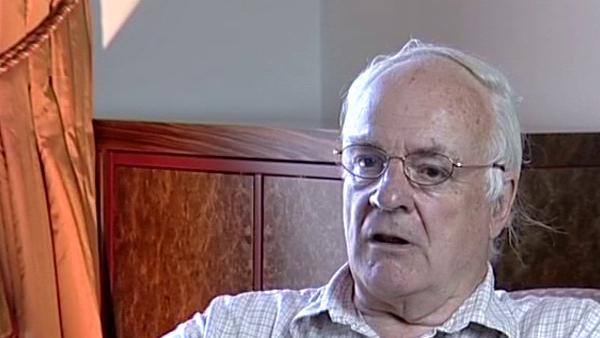NEXT STORY

Working on tolerance
RELATED STORIES

NEXT STORY

Working on tolerance
RELATED STORIES


|
Views | Duration | |
|---|---|---|---|
| 51. Going to Czechoslovakia and a paper on vegetative hybridization | 106 | 04:18 | |
| 52. Harvard with Jim Watson | 190 | 02:08 | |
| 53. Robin Coombs | 82 | 00:57 | |
| 54. Starting work on peripheral tolerance | 99 | 03:28 | |
| 55. Polly Matzinger | 354 | 00:25 | |
| 56. The move to Mill Hill | 149 | 02:49 | |
| 57. The Mill Hill days: changes in immunology | 139 | 01:40 | |
| 58. Working on tolerance | 128 | 05:52 | |
| 59. The next step in understanding tolerance | 96 | 01:21 | |
| 60. The four groups investigating T-cells | 102 | 04:28 |


Avrion Mitchison, the British zoologist, is currently Professor Emeritus at University College London and is best known for his work demonstrating the role of lymphocytes in tumour rejection and for the separate and cooperative roles of T- and B-lymphocytes in this and other processes.
Title: The Mill Hill days: changes in immunology
Listeners: Martin Raff
Martin Raff is a Canadian-born neurologist and research biologist who has made important contributions to immunology and cell development. He has a special interest in apoptosis, the phenomenon of cell death.
Duration: 1 minute, 41 seconds
Date story recorded: June 2004
Date story went live: 24 January 2008